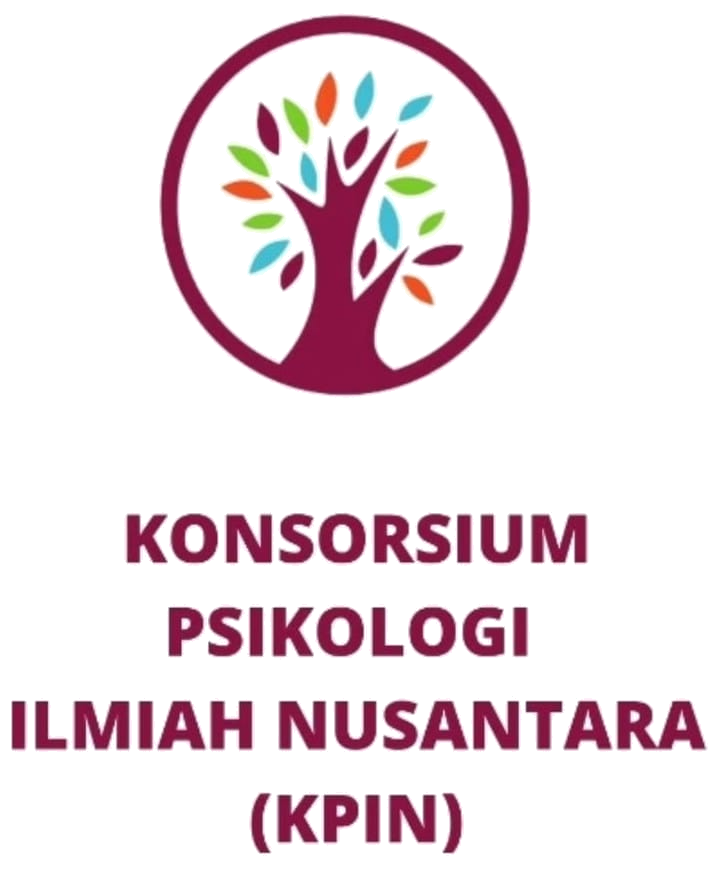Perbedaan Jenis Pertanyaan Netral dengan Jenis Pertanyaan Misleading terhadap Munculnya False Memory pada Anak Usia Prasekolah
DOI:
https://doi.org/10.35814/mindset.v8i02.323Keywords:
false memory, misleading question, neutral question, recognition test, preschoolersAbstract
False memory refers to the experience of thinking when we remember something that actually did not really happen. The major problem with false memory is the possibility to make someone may easily be led through misinformation. The current research assessed the difference between two types of question on preschoolers' false memory. This study used an experimental design with 76 participants of preschoolers (53.9% male and 46.1% female, 5-6 years old) who divided into two experimental groups. First group was given a neutral question, while the second group was given a misleading question. In this experiment, the participants were instructed to watch a video, then, one recognition test will be held immediately. In recognition test, participants were showed some pictures and questions about one event. The chi-square analysis shows that there is a significant difference between two types of question (0.04<0.05) the value of Chi-Square was 11.647. Based on these results, it implies that misleading questions might raise more false memory than neutral questions.
References
Bruck, M., & Ceci, S. J. (1999). The suggestibility of children's memory. Annual Review of Psychology, 50, 419-439.
Bruck, M., Ceci. S. J., Francoeur, E., & Renick A. (1995). Anatomically detailed dolls do not facilitate preschooler reports of a pediatric examination involving genital touching. Journal of Experimental Psychology, Applied 1, 95-109.
Cassel, W. S., Roebers, C., & Bjorklund, D. F. (1996). Developmental patterns of eyewitness responses to repeated and increasingly suggestive questions. Journal of Experimental Child Psychology, 61, 116–133.
Ceci S. J., & Bruck, M. (1993). The suggestibility of the child witness: A historical review and synthesis. Psychology Bulletin, 113, 403-39.
Ceci, S. J., & Bruck, M. (1995). Jeopardy in the courtroom: A scientific analysis of children’s testimony. Washington DC: American Psychological Association.
Ghetti, S., & Alexander, K. W. (2004). “If it happened, I would remember it”: Strategic use of event memorability in the rejection of false autobiographical events. Child Development, 75, 542–561.
Loftus, E. F. (2003). Award for distinguished scientific applications of psychology. American Psychologist, 11, 864–873.
Papalia, D. E., & Feldman, R. T. (2014). Experience human development (12th Ed.). New York: Mc-Hill Graw.
Santrock, J. (2010). Life-span development (13th Ed.). New York: Mc-Hill Graw.
Santrock, J. (2010b). Child development: An introduction (13th Ed.). New York: Mc-Hill Graw.
Seniati, L., Yulianto, A., & Setiadi, B. N. (2009). Psikologi eskperimen. Jakarta: PT Indeks.
Smith, E. E., & Kosslyn, S. M. (2014). Psikologi kognitif: Pikiran dan otak. Yogyakarta: Pustaka Pelajar.
Sophian, C., Wood, A., & Vong, K. I. (1995). Making numbers count: The early development of numerical inferences. Development Psychology, 31, 263-273.
Stewart, C. J., & Cash, W. B. (2012). Interviu: Prinsip dan praktik (13th Ed.). Jakarta: Salemba Humanika












